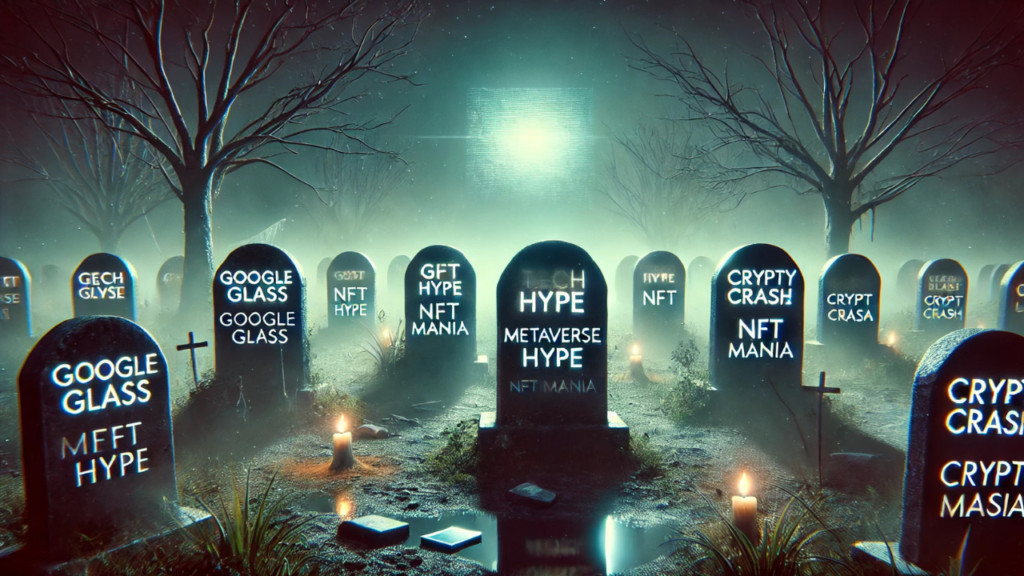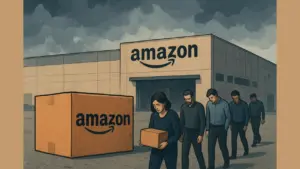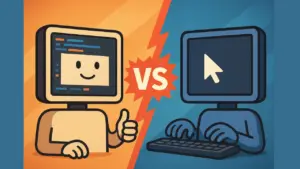Introduction
Tech moves fast. Every few years, new trends emerge, promising to change everything. Some live up to the hype. Others fade into obscurity. This blog explores tech trends that failed to deliver. These innovations sounded great on paper but didn’t stand the test of time.
1. The No-Code Illusion: A Developer’s Nightmare
No-code tools promised to replace developers. They resurfaced every decade with bold claims. Yet, they always fell short. Platforms like Zapier and Airtable are useful. But full-scale systems? They break easily. Companies hire developers to fix these “automated” systems. The irony? No-code often requires more manual work than traditional coding. If it sounds too good to be true, it probably is.
2. Java Applets & Flash: A Legacy of Frustration
Java applets were slow. They required downloads and caused runtime errors. Flash wasn’t any better. It made websites security risks. Then came HTML5. Modern frameworks buried these relics. Those who lived through the Flash era still remember the frustration. Lesson learned? Avoid tech that needs constant fixes to function.
3. SOAP vs. REST: The Battle for Simplicity
SOAP (Simple Object Access Protocol) was anything but simple. It was slow, complex, and hard to debug. REST changed everything. JSON made data exchange easy. Developers embraced REST. Today, SOAP is a relic of the past. Complexity kills innovation.
4. NoSQL vs. SQL: Did It Ever Stand a Chance?
NoSQL was supposed to kill SQL. It didn’t. While MongoDB and other NoSQL databases have their place, SQL remains dominant. Enterprises rely on structured data. Relationships and organization matter. NoSQL had its moment, but SQL isn’t going anywhere.
5. Web on Blockchain: A Useless Complexity
Blockchain works for crypto. But hosting the web on it? That was never practical. This trend added unnecessary complexity. People realized blockchain wasn’t built for this. It faded fast. Some ideas sound exciting but lack real-world application. This was one of them.
6. Drag-and-Drop Coding: False Promises of Simplicity
Dreamweaver and similar tools promised easy coding. They rarely delivered. The generated code was messy. Developers had to rewrite everything. Today’s drag-and-drop tools aren’t much better. They work for prototypes but not real projects. Coding needs structure, not shortcuts.
7. Extreme Programming: When Collaboration Goes Too Far
Extreme Programming (XP) took teamwork to an extreme. Pair programming had value. But forcing two developers on every line of code? That slowed teams down. XP’s rigid rules made it unsustainable. Balance is key. Collaboration should enhance, not hinder, productivity.
8. The Overuse of Design Patterns
The “Gang of Four” book made design patterns popular. But developers started overusing them. Instead of clean code, projects became bloated with unnecessary patterns. Sometimes, simple code is best. Not every problem needs a Singleton or Factory pattern.
9. The Fall of Silverlight: Another Plugin Disaster
Silverlight was Microsoft’s answer to Flash. It failed for the same reasons. Plugins made the user experience frustrating. Eventually, browsers moved on. Modern frameworks like Blazor are better. Silverlight serves as a reminder: don’t build on unstable foundations.
10. GraphQL: A Double-Edged Sword
GraphQL seemed like a REST killer. It allowed selective data fetching. But it introduced security risks and complexity. Many teams found it harder to scale. REST remains the gold standard for APIs. Sometimes, simple is better.
11. Big Data: Overhyped and Underutilized
Big data was marketed as a cure-all. Companies rushed to adopt Hadoop and similar tools. But not all problems need massive datasets. AI benefited from big data, but most businesses didn’t. The right tool for the right job matters more than hype.
12. AI Hype vs. Reality: Not Replacing Developers Anytime Soon
Every decade, AI makes a comeback. Each time, people think it will replace developers. Reality? AI is a great assistant but not a replacement. Tools like ChatGPT help, but they don’t build scalable systems. AI is more like autocorrect on steroids. Useful? Yes. A revolution? Not yet.

Conclusion
Tech trends come and go. Some innovations change industries. Others fade into obscurity. The key is to separate hype from reality. Startups and businesses must invest in practical, scalable technology. Jumping on every trend leads to wasted time and money. Want to stay ahead? Follow platforms like StartupHakk that focus on real-world insights, not just hype.




